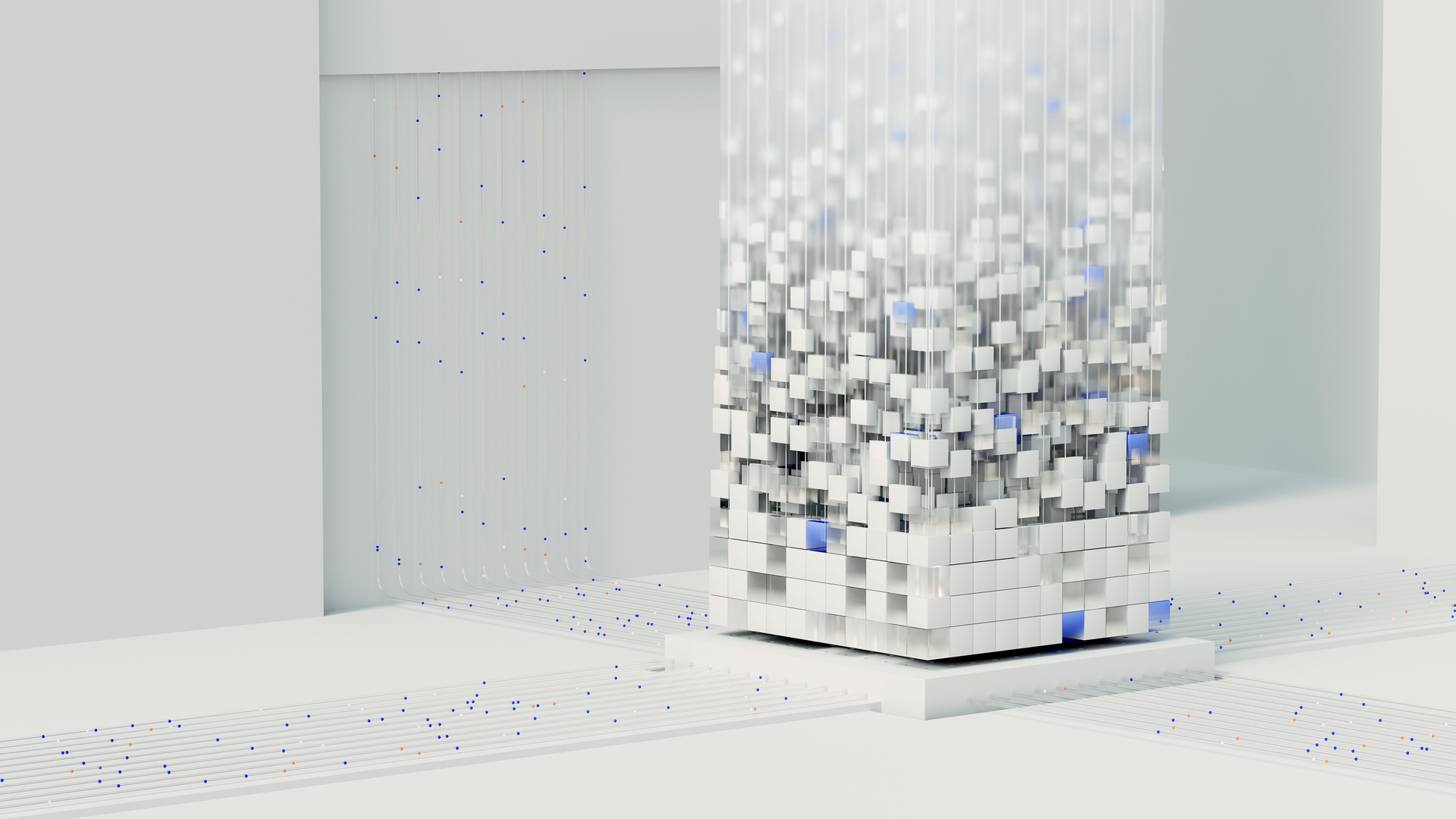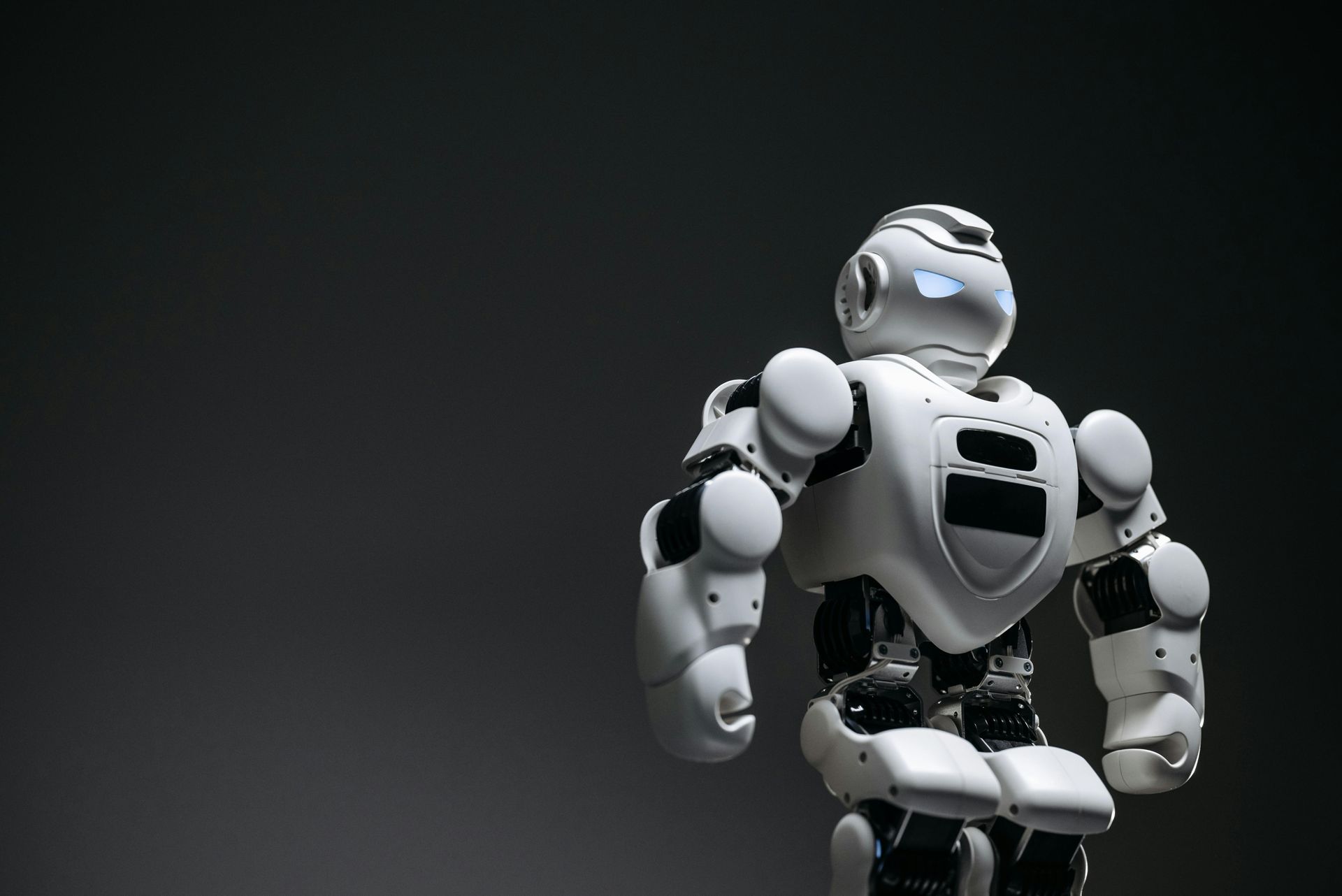The Robot's Brain: How Machine Vision Systems Are Learning to See Like Humans
The Robot's Brain: How Machine Vision Systems Are Learning to See Like Humans
Meta Description
Category: AI & Machine Vision | Robotics Technology | Deep Learning
![A close-up, artistic representation of a robotic eye with complex data streams and neural networks reflecting in its surface.]
Modern machine vision systems don't just capture pixels; they interpret scenes. (Credit: Getty Images/Stock)
For decades, teaching a robot to "see" was a matter of training it to recognize predefined shapes and colors. It could spot a defective part on an assembly line or find a barcode, but it lacked true understanding. It saw pixels, not a world.
Today, a revolution is underway. The next generation of machine vision is not just about replicating the human eye; it's about replicating the human visual cortex. Robots are learning to perceive context, infer relationships, and predict movement in a way that is startlingly intuitive. This is the story of how machine vision is learning to see like us.
From Pixels to Perception: The Old vs. The New
Traditional computer vision was rigid. It relied on:
- Rule-Based Algorithms: "If pixel values in this area are within this range, then it's a 'red widget'."
- Structured Environments: Perfect lighting, consistent backgrounds, and objects in expected positions were mandatory.
- 2D Analysis: It struggled profoundly with depth, occlusion, and shadows.
The new paradigm, powered by deep learning and bio-inspired engineering, is fundamentally different. It teaches systems to understand scenes holistically.
The Core Technologies Driving the Revolution
1. The Neural Engine: Convolutional Neural Networks (CNNs) and Beyond
CNNs are the foundational technology. By processing images through layers of artificial neurons, they learn hierarchical features—from simple edges to complex objects. But the frontier has moved to Vision Transformers (ViTs). Originally designed for language, ViTs analyze an image as a series of patches, allowing them to better understand the global context and relationships between different parts of a scene. This is why a modern robot can distinguish between a "cat sitting on a couch" and a "cat picture on a cushion."
2. The "Retina" Upgrade: Event-Based Vision Sensors
Traditional cameras capture entire frames at a fixed rate (e.g., 30 fps), wasting power on redundant data. Event-based cameras, or neuromorphic sensors, are a game-changer. Inspired by the human eye, each pixel operates independently, only reporting changes in brightness. This results in:
- Microsecond Latency: Drastically faster reaction to movement.
- High Dynamic Range: The ability to "see" clearly in challenging lighting.
- Massive Power Efficiency: Critical for mobile and autonomous robots.
3. The "Brain" Interface: Neuromorphic Computing
To process this flood of visual data efficiently, we need new hardware. Neuromorphic chips, like Intel's Loihi or IBM's TrueNorth, are designed to mimic the brain's architecture. They process information in a massively parallel, event-driven manner, making them incredibly efficient at running the complex neural networks for vision, all while consuming a fraction of the power of a traditional GPU.
What "Human-Like" Vision Enables in Practice
This convergence of technologies is not just theoretical. It's enabling robots to perform tasks that were once the exclusive domain of humans.
- Bin Picking in Chaos: A logistics robot can now identify and grasp a specific, randomly oriented part from a bin of jumbled objects, understanding depth, material, and how to avoid collisions.
- Predictive Movement in Unstructured Environments: An autonomous mobile robot (AMR) in a warehouse can predict the path of a walking worker and adjust its trajectory smoothly, rather than just performing an emergency stop.
- Quality Inspection with Intuition: A vision system can spot a "non-conforming" product—like a leather purse with a subtle blemish—even if it wasn't explicitly trained on that exact flaw, by understanding what "normal" looks like.
The Challenges on the Horizon
Despite the progress, significant hurdles remain before robot vision truly matches human perception.
- Common Sense Reasoning: A robot might see a chair, but does it understand that the chair can be sat on, stood on, or moved? This commonsense knowledge is innate to humans but must be learned by AI.
- Data Hunger: State-of-the-art models require immense amounts of labeled training data, which is expensive and time-consuming to create.
- Adversarial Attacks: Slight, often invisible-to-humans perturbations to an image can completely fool a neural network, a critical security concern for safety-critical systems.
Conclusion: Seeing a Collaborative Future
The goal is not to create a robot that sees better than a human, but one that sees differently and complementarily. A human worker and a collaborative robot (cobot) on an assembly line will soon be able to interact seamlessly because the robot will perceive the human's actions and intentions, responding not just to pre-programmed commands, but to the dynamic context of the shared workspace.
Machine vision is evolving from a sensory tool into a cognitive one. It is becoming the robot's brain, enabling it to move and work in our world, not just a cage beside it. The machines are finally learning to see the forest and the trees.

The body content of your post goes here. To edit this text, click on it and delete this default text and start typing your own or paste your own from a different source.


